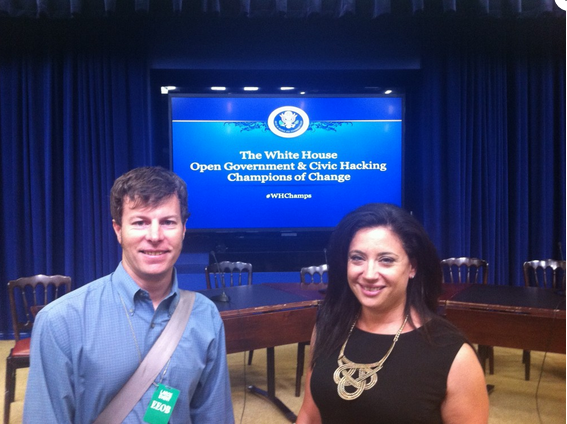Creating a digital version of Baltimore city’s law code is one example of civic hacking: using publicly accessible government data to try to make the inner-workings of government more transparent.
At the White House Champions for Change civic hacking event Tuesday, Sharon Paley of gb.tc and AOL/Ad.com developer and civic hacker Shea Frederick found out Baltimore is considered a “national leader” when it comes to civic hacking.
A recent State Integrity Investigation report outlines the state’s open data efforts as nothing more than window dressing. On the local level, however, Paley writes on the gb.tc blog that Baltimore is surpassing other cities’ civic hacking efforts in four important ways, including city officials’ “ongoing commitment” to open data:
Not only is there access to open data, but Baltimore and Maryland both want to open up even more. Participants at Champions of Change were delighted that Baltimore named Heather Hudson as Chief Data Officer. It’s quite rare for a city to have an official specifically responsible for the curation and delivery of open data.
Join our growing Slack community
Join 5,000 tech professionals and entrepreneurs in our community Slack today!
Donate to the Journalism Fund
Your support powers our independent journalism. Unlike most business-media outlets, we don’t have a paywall. Instead, we count on your personal and organizational contributions.




